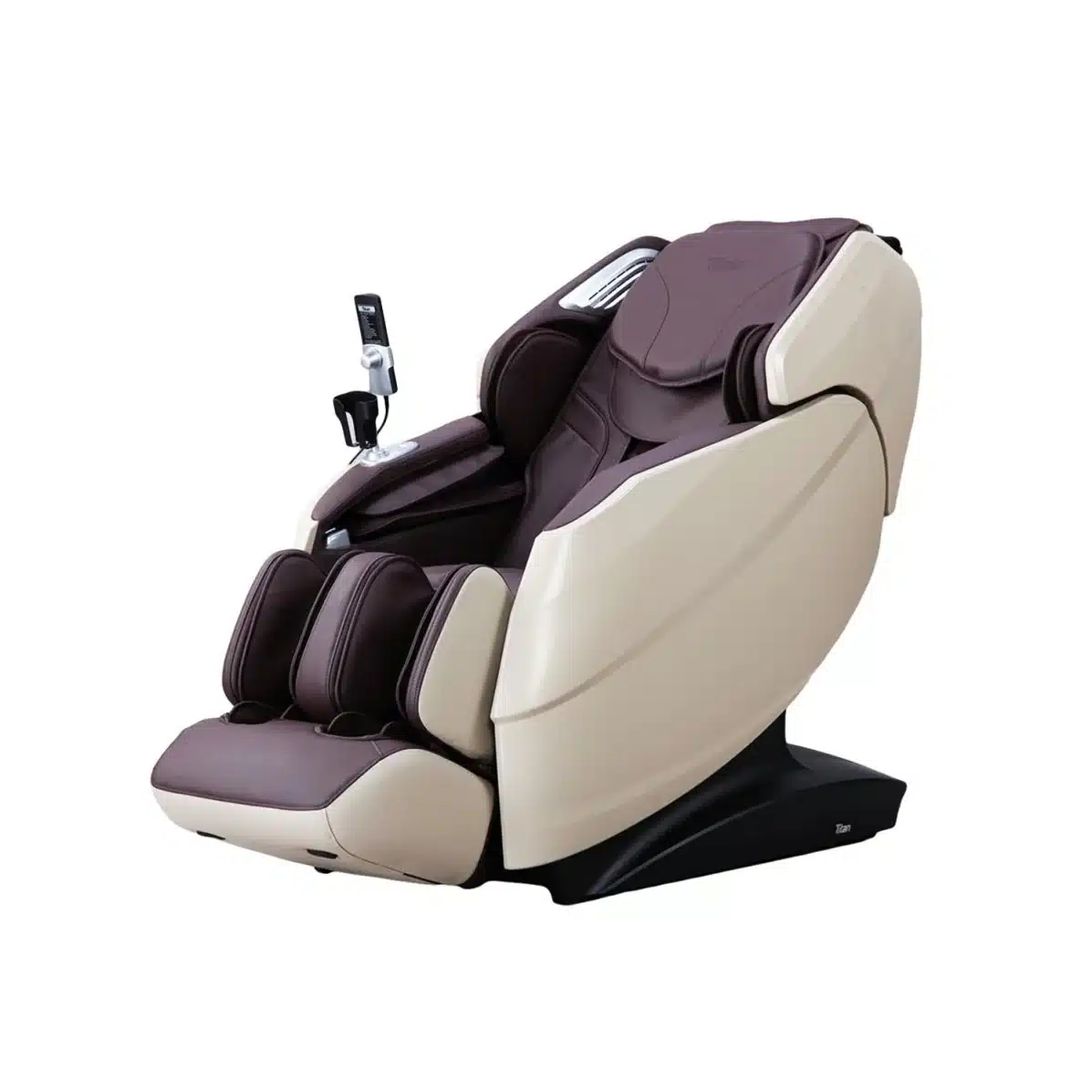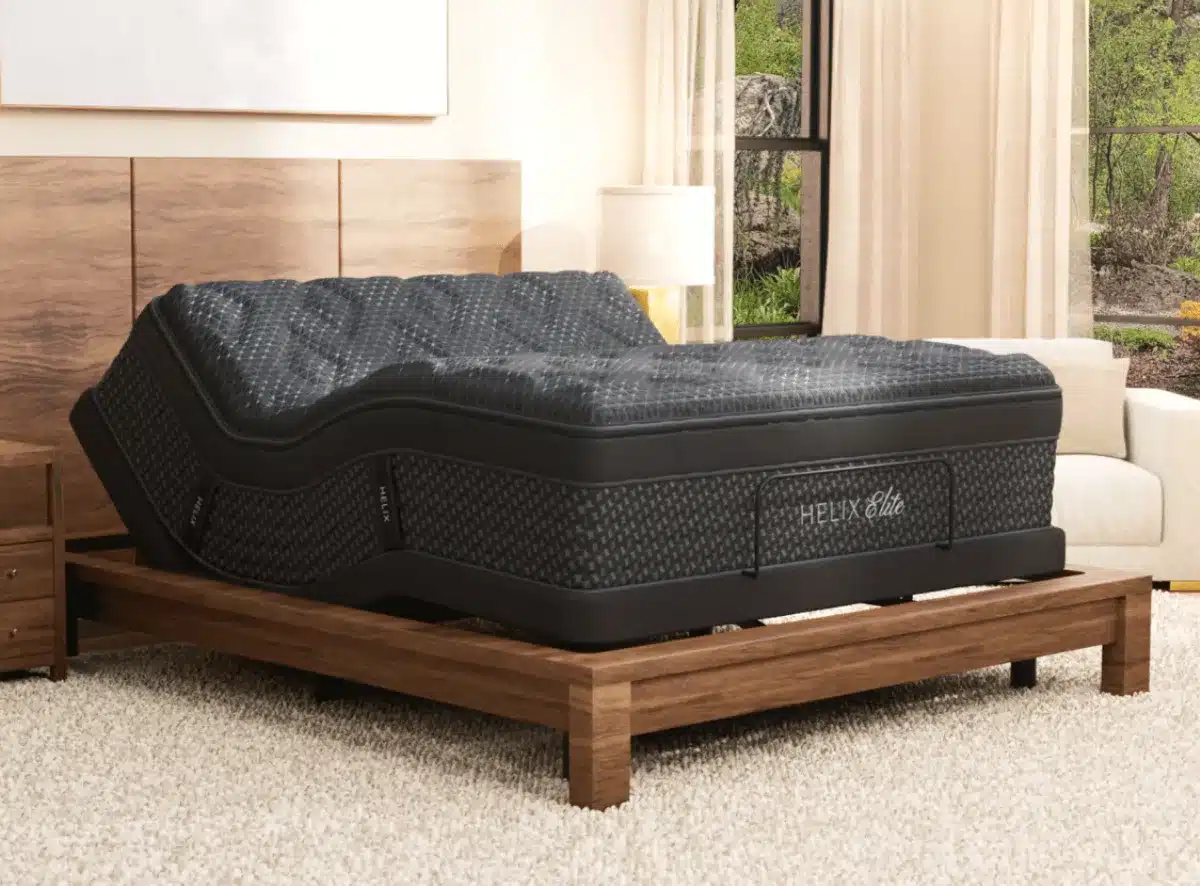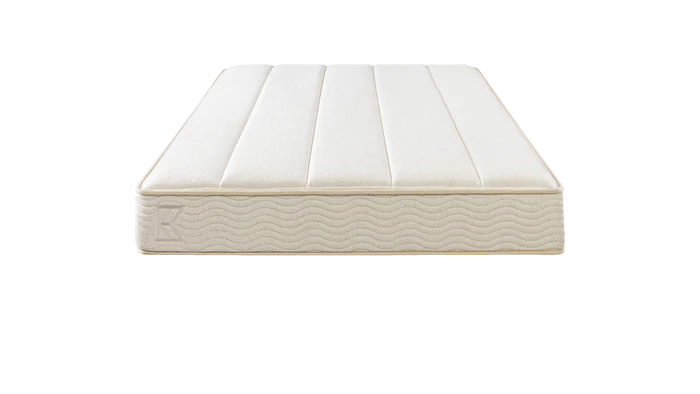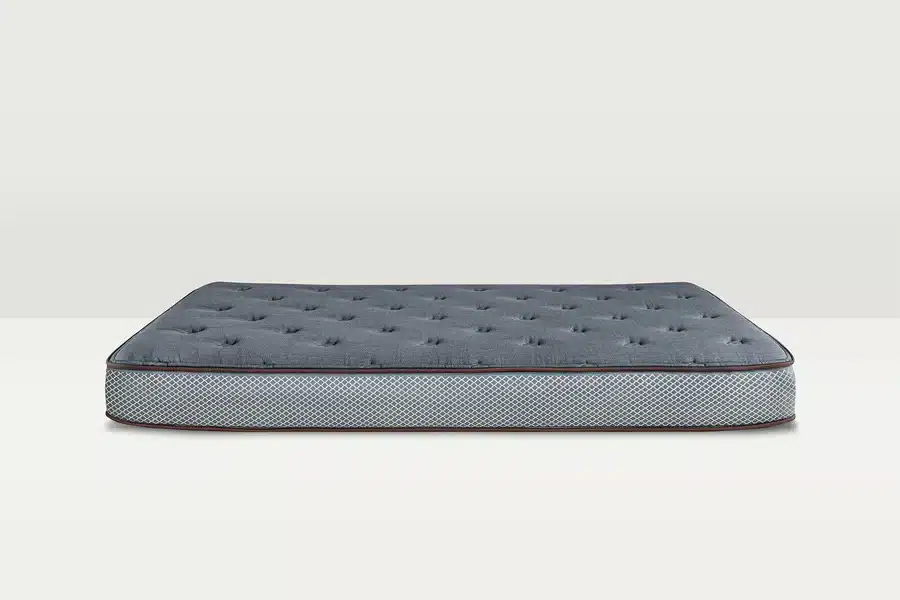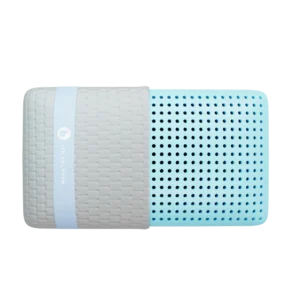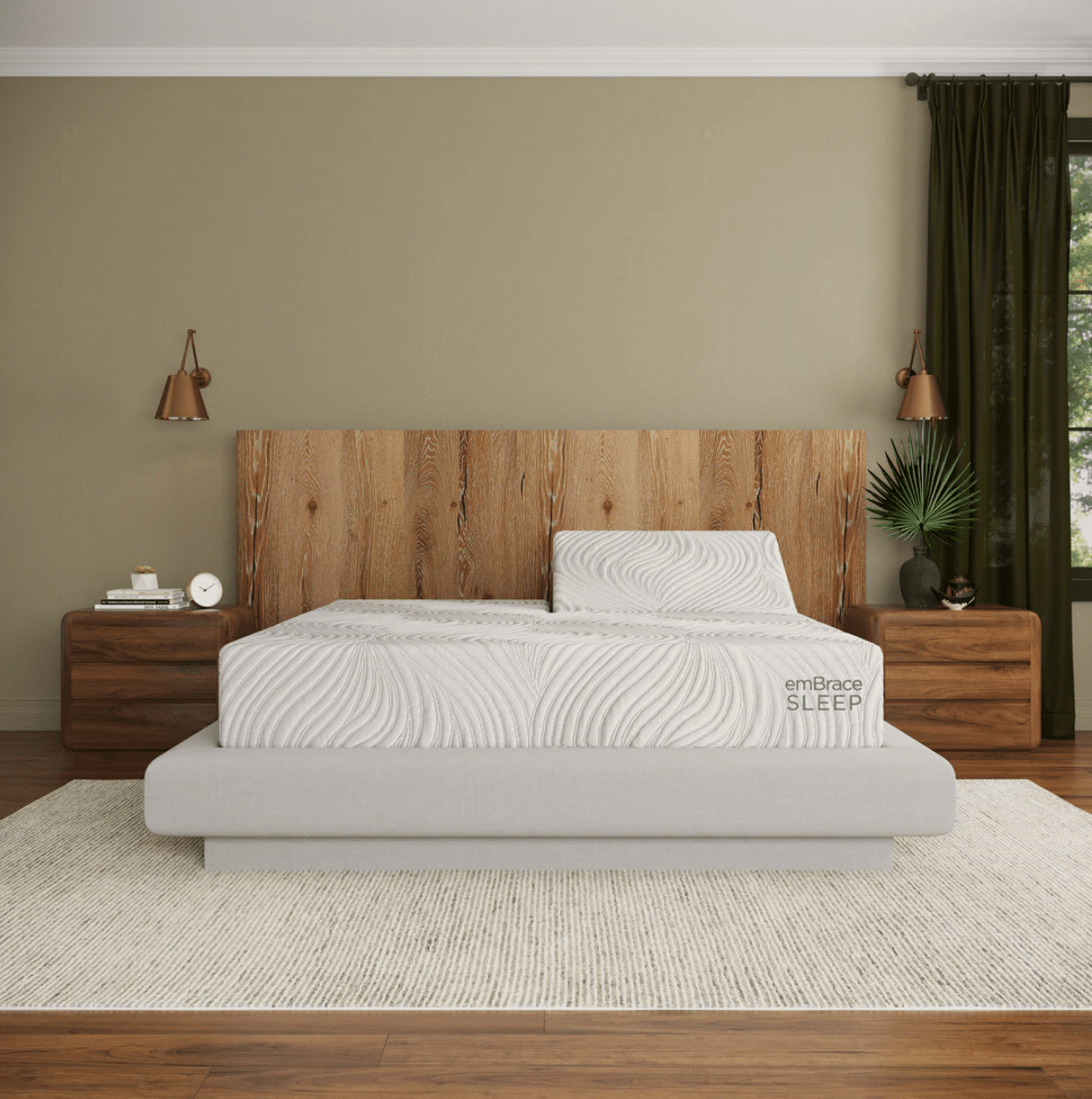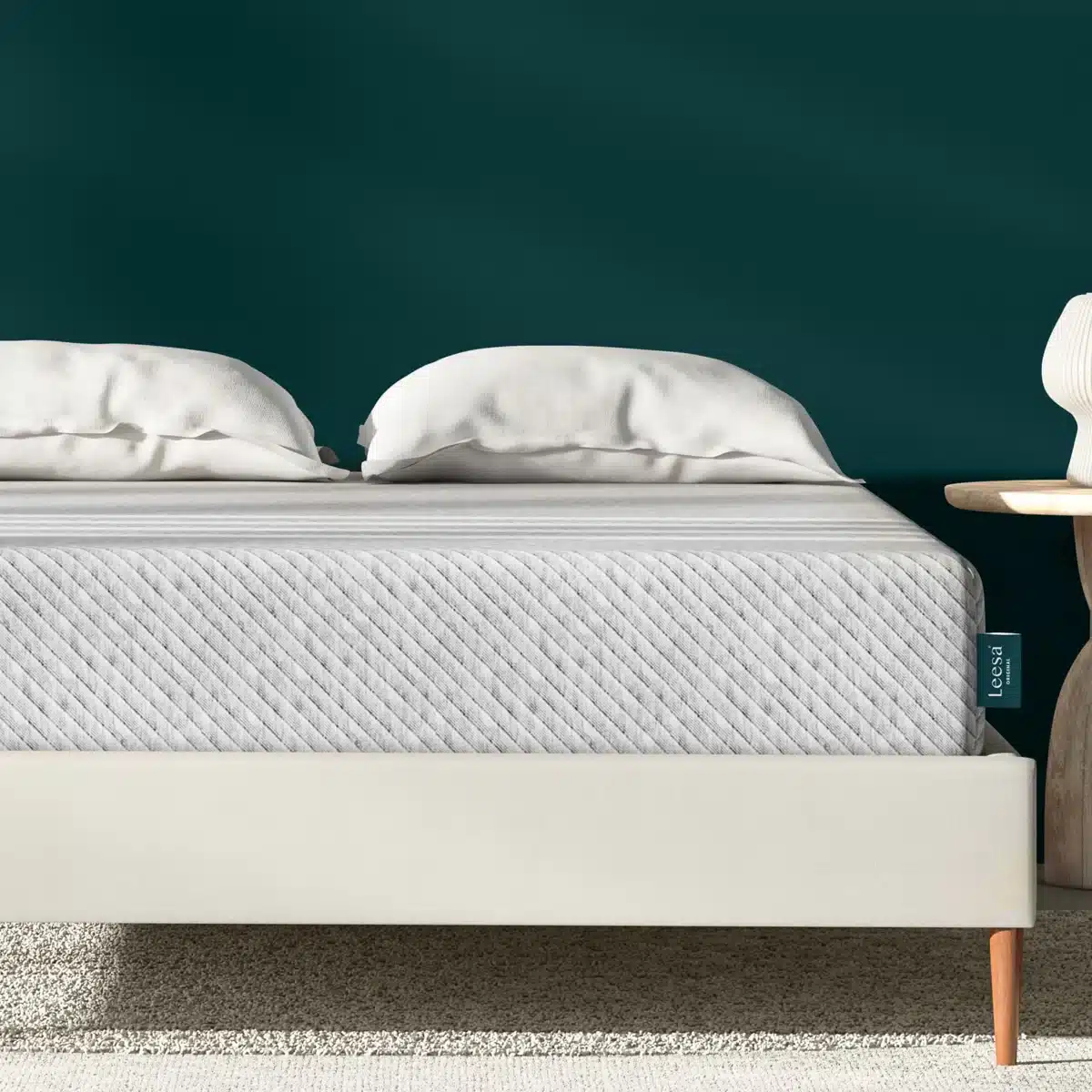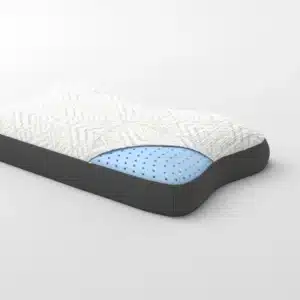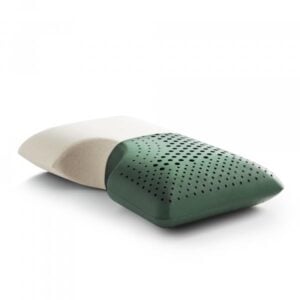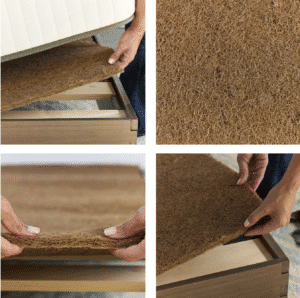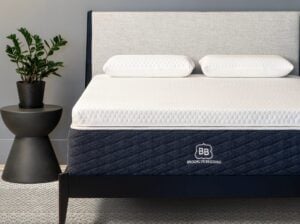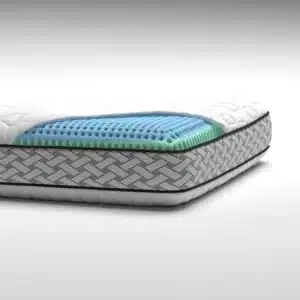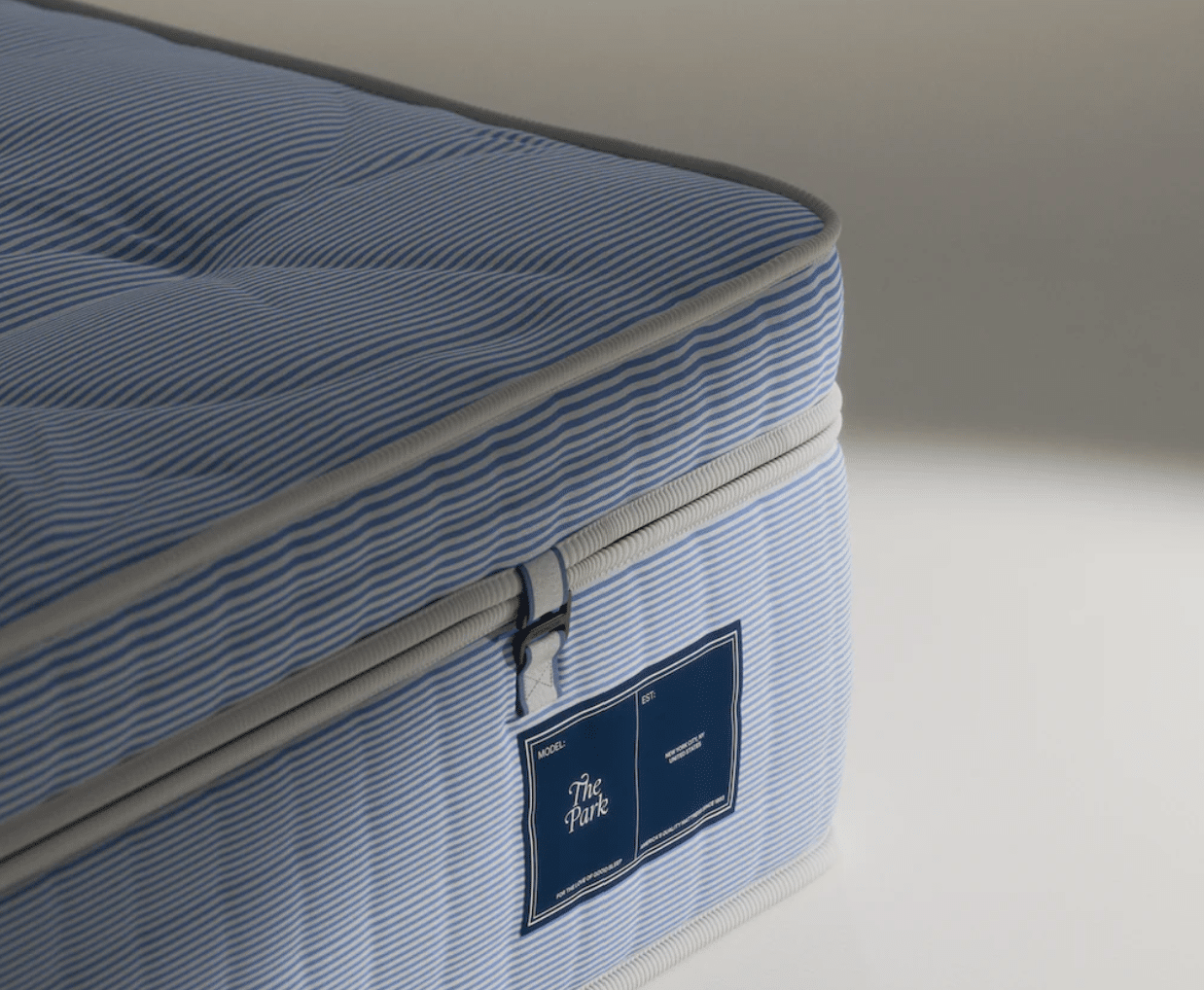Ultimate Checklist for Deciding If You Should Wear a Bra to Bed
Introduction
The question of whether to wear a bra to bed is more than just a matter of preference; it’s about comfort, health, and personal choice. Many people ponder the implications of this common practice, weighing the benefits against the drawbacks.
When deciding whether to wear a bra to bed, it ultimately boils down to comfort. Some individuals relish the support, while others enjoy the liberation of going without. While no definitive evidence suggests that sleeping in a bra impacts breast health or prevents sagging, there are a few considerations worth exploring.
As the creator of Yawnder, my journey into sleep health arose from my personal struggles, prompting me to delve into various topics, including the bra conundrum. From navigating mattress options to exploring sleep hygiene, I’m here to guide you through making informed decisions for a better night’s rest.
Should You Wear a Bra to Bed?
Choosing whether to wear a bra to bed is deeply personal. Let’s break down the advantages and disadvantages so you can make the best choice for your needs.
Benefits of Wearing a Bra to Bed
1. Breast Pain Relief
Many individuals, particularly those with larger breasts, experience breast pain (mastalgia) that can disrupt sleep. A properly fitted sleep bra provides the necessary support that can ease discomfort, making it easier to snooze peacefully. According to the Sleep Foundation, one in three individuals with breast pain reports that it interferes with their sleep.
2. Nipple Irritation Reduction
Friction from bedding can lead to sensitive nipples. A soft, snug sleep bra minimizes this irritation, making a significant difference for those who are prone to discomfort. Experts like Dr. Margaret Thompson recommend bras made from silky materials to alleviate this issue.
3. Stretch Marks Prevention
Wearing a bra at night can offer added support, potentially lowering the risk of stretch marks that arise from skin stretching during sleep.
4. Post-Surgery Support
For those recovering from breast surgeries, wearing a bra can stabilize gauze and drains while providing the necessary compression to aid healing. Dr. Thompson highlights the importance of controlling breast movement post-surgery to protect stitches and incisions.
5. Breastfeeding Support
Sleep bras can also be invaluable for breastfeeding mothers. They provide support for swollen breasts and can hold nursing pads to manage any leaking. However, it’s essential that the bra is not overly tight to avoid potential complications like clogged ducts.
6. Moisture Absorption
A bra can absorb sweat and reduce skin-on-skin contact, helping to prevent fungal and yeast infections. Dr. Thompson notes that even a camisole with a built-in support feature can serve this purpose well.
Drawbacks of Wearing a Bra to Bed
1. Skin Irritation
Ill-fitting or overly tight bras can lead to chafing and irritation, especially for those with sensitive skin.
2. Fungal Infections
Tight bras may promote a warm, moist environment that can encourage fungal infections. It’s vital to choose breathable materials to mitigate this risk.
3. Circulation Issues
A bra that is too tight can restrict blood flow, leading to discomfort and even circulation problems. Ensure that your choice of bra is well-fitted and not constricting.
4. General Discomfort
Some people find it simply uncomfortable to sleep in a bra, as straps, hooks, and underwires can dig into the skin and disrupt peaceful slumber.
Debunking Breast Cancer Myths
A prevalent myth is that wearing a bra to bed increases the risk of breast cancer. However, experts like Dr. Thompson assert that there’s no scientific evidence supporting this claim. Your choice to wear a bra should stem from comfort, not fears about health risks.
Health Implications of Sleeping Without a Bra
Benefits for the Lymphatic System
Not wearing a bra can promote better lymphatic drainage during sleep. This system helps remove toxins and waste from the body. Dr. Heather Richardson emphasizes that a tight-fitting bra can hinder this critical process, while not wearing one allows for optimal lymph flow.
Breast Movement and Sagging
Many believe that wearing a bra prevents sagging; however, no scientific evidence supports this idea. Genetics, aging, and breastfeeding patterns play far more significant roles in determining breast shape and sagging than whether or not a bra is worn at night.
Busting Growth Myths
Another misconceived notion is that wearing a bra can hinder breast growth. Dr. Lucky Sekhon, a fertility specialist, confirms that breast size and development are primarily influenced by hormones and genetics, not by bra usage.
Choosing the Right Sleep Bra
If you opt to wear a bra to bed, selecting the right one is essential for your comfort and health. Here are some key factors to consider:
– Lightweight Bras: Look for bras that provide gentle support without being heavy or constrictive. Materials like cotton or bamboo are breathable and can keep you cool throughout the night.
– No Underwire: Avoid underwire bras as they can dig into the skin and cause discomfort. Wire-free options are softer and more flexible for sleeping.
– Camisole-Style Tops: For those who find traditional bras too restricting, consider camisole-style tops with built-in support. These versatile garments can double as loungewear and offer comfort.
– Proper Fit: Ensure your bra fits snugly but isn’t too tight. It should not leave marks on your skin or cause discomfort. Adjust straps for a perfect fit.
– Material Considerations: Choose bras made from breathable, moisture-wicking fabrics. These materials prevent skin irritation and keep you dry.
Recommended Sleep Bras
– Hatch Skin to Skin Maternity Bra: Soft and stretchy, this bra is favored by mothers for its gentle support and ease for breastfeeding.
– Cooling Bras: Brands like Skims and Lively offer cooling bras made from breathable materials that wick away moisture, perfect for warm nights.
– Comfort-Oriented Bras: For long-lasting comfort, consider options like the Eberjey Anouk Bralette and the ThirdLove 24/7 Classic T-Shirt Bra.
Frequently Asked Questions
Should you wear a bra to bed if you have large breasts?
Wearing a bra can offer crucial support and reduce moisture issues, which can help prevent irritation and infections.
Does wearing a bra to bed prevent breast sagging?
This is a myth; sagging is primarily influenced by genetics and age, not by whether you wear a bra.
Can wearing a bra to bed cause breast cancer?
There is no evidence linking bra usage to breast cancer risk. Fears about health impacts should not dictate your choice.
Conclusion
In the end, the decision to wear a bra to bed hinges on personal comfort and health considerations. There are pros and cons to both sides, and what feels right for you may differ from others.
Personal Comfort: If a bra enhances your comfort, it’s perfectly valid to wear one. On the contrary, if you find bras constricting, sleep without one. Your comfort is paramount.
Health Considerations: The evidence suggests no long-term negative impacts on health from wearing a bra to bed. However, if you experience discomfort, opting for a well-fitted, breathable option can make all the difference.
At Yawnder, we emphasize the importance of curating a sleep environment tailored to your needs. Whether you choose to wear a bra or go without, your individual preferences should guide your decisions for a restful night’s sleep. Consider all aspects of your sleep setup, and you’ll be well on your way to enhancing your sleep quality.



